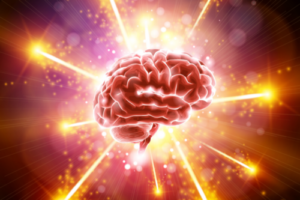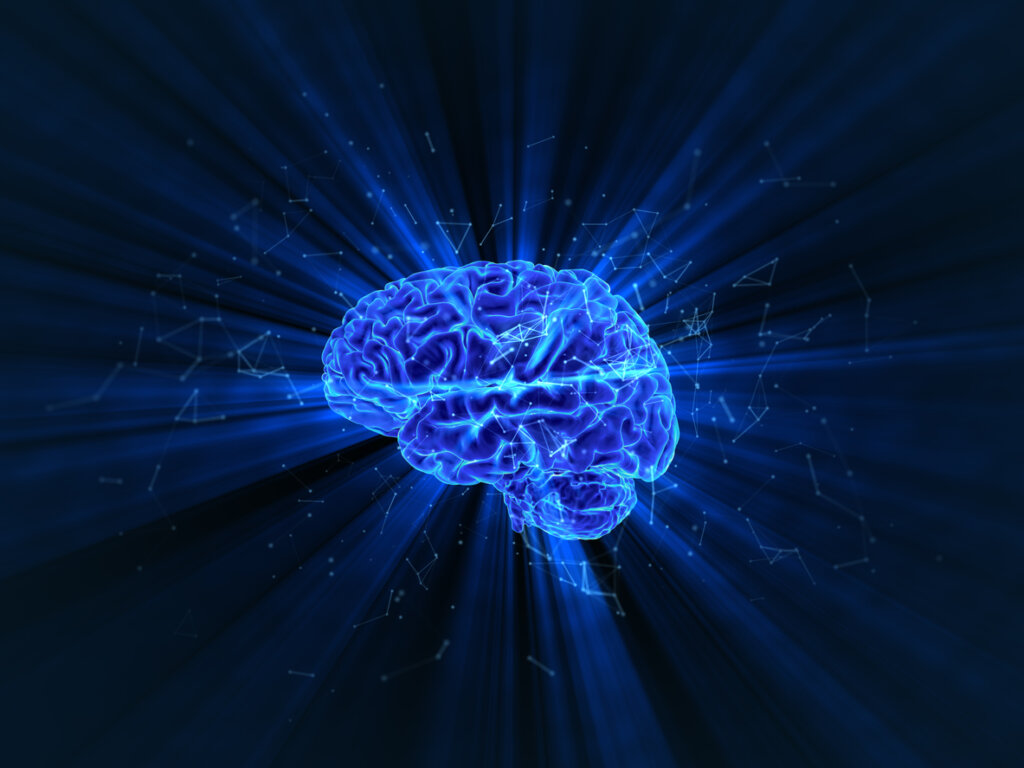The Exocerebro Hypothesis by Roger Bartra


Reviewed and approved by the psychologist Sergio De Dios González
The exocerebro hypothesis is a theoretical elaboration. It was formulated by the anthropologist, Roger Bartra, in the first decade of the 21st century. It states that consciousness is the result of internal processes. These take place in neurons in combination with external processes, which occur outside the brain. More specifically, in the symbolic environment of each individual.
Bartra argues that a large number of neurobiologists have tried to explain the phenomenon of consciousness but only from the biophysical and biochemical processes that occur in the brain. Moreover, he claims that this has prevented significant advances in the field, despite the great advances that have been made in neuroscience.
Roger Bartra suggests that this approach doesn’t take into account that many functions of the human brain wouldn’t be possible without the necessary assistance offered by the environment. This is the basis of his exocerebro hypothesis.
“Neuroscientists often feel uncomfortable in this heterogeneous company, but they will have to get used to sharing the territory of consciousness with strange colleagues if they want to continue advancing.”
-Roger Bartra-

The exocerebro hypothesis
Roger Bartra developed his theory from an article written by Stevan Harnad. In fact, Harnad compiled a number of studies on consciousness written up to the beginning of the 21st century. His lengthy article was entitled “No Easy Way Out”.
Firstly, Bartra rather boldly pointed out that consciousness isn’t the result of a function of the brain, but of a dysfunction. To explain this idea, he compared the brain to a pneumatic machine. He says that if the latter is faced with a job that’s beyond its strength, the result is that it stops.
Therefore, in principle, the same should happen to the human brain, but it doesn’t. Why? Because man has devised ‘prostheses’ or external aids that prevent this from happening. These prostheses are the cultural and social networks in which, as human beings, we’re immersed. Bartra calls them ‘cultural prostheses’. They’re basically made up of language and symbols.
Cultural prostheses and the exocerebro
The exocerebro hypothesis also states that the brain is incapable of creating consciousness on its own. It must be clarified that Bartra defines consciousness, in a general way, as “self-awareness or awareness of being aware”. He suggests that the deficiency of the brain is compensated by cultural prostheses. These are the social and cultural systems present in the environment.
Therefore, consciousness is the ability to connect the internal processes of the brain with external circuits, located in the environment. Bartra indicates that the process is similar to that which occurs when a prosthesis is installed to correct a sensory dysfunction. For example, deafness. In these cases, the brain adapts to the device and incorporates it into its functions.
Therefore, Cultural prostheses are defined as substitution symbolic systems. In effect, they act as compensatory mechanisms for the brain. For example, when hominids changed places and encountered unknown or adverse conditions, instead of stopping, as a machine would, they built signaling or orientation systems in order to adapt.

The lack of cultural prostheses
Roger Bartra points out that some of the evidence for the exocerebro hypothesis is found in two specific cases. One is that of autism. This is a disorder in which many of the cognitive functions remain intact and might even be overdeveloped. Even so, the absence of a link with the environment prevents the formation of a conscience, as such.
The other example concerns individuals suffering from antisocial personality disorder. In fact, it’s been detected that they often present a lower volume of gray matter, up to 11 percent. This means that they fail to connect with the environment, leading them to lack consciousness. Both in this case and in the previous one, a lack of the exocerebro hypothesis is shown.
Finally, the exocerebro hypothesis was developed by an anthropologist and is extremely difficult to prove experimentally. That said, it’s caught the attention of many neuroscientists around the world. Indeed, at the moment, it’s considered to be a plausible explanation but one that requires further clarification.
All cited sources were thoroughly reviewed by our team to ensure their quality, reliability, currency, and validity. The bibliography of this article was considered reliable and of academic or scientific accuracy.
- Bartra, R. (2016, 24 agosto). La conciencia del exocerebro. Letras Libres. https://letraslibres.com/revista-espana/la-conciencia-del-exocerebro/.
- Bartra, R. (2007). Antropología del cerebro: la conciencia y los sistemas simbólicos. Fondo de Cultura Económica.
- Harnad, S. (2001). No easy way out. Sciences, 41(2), 36.
This text is provided for informational purposes only and does not replace consultation with a professional. If in doubt, consult your specialist.








